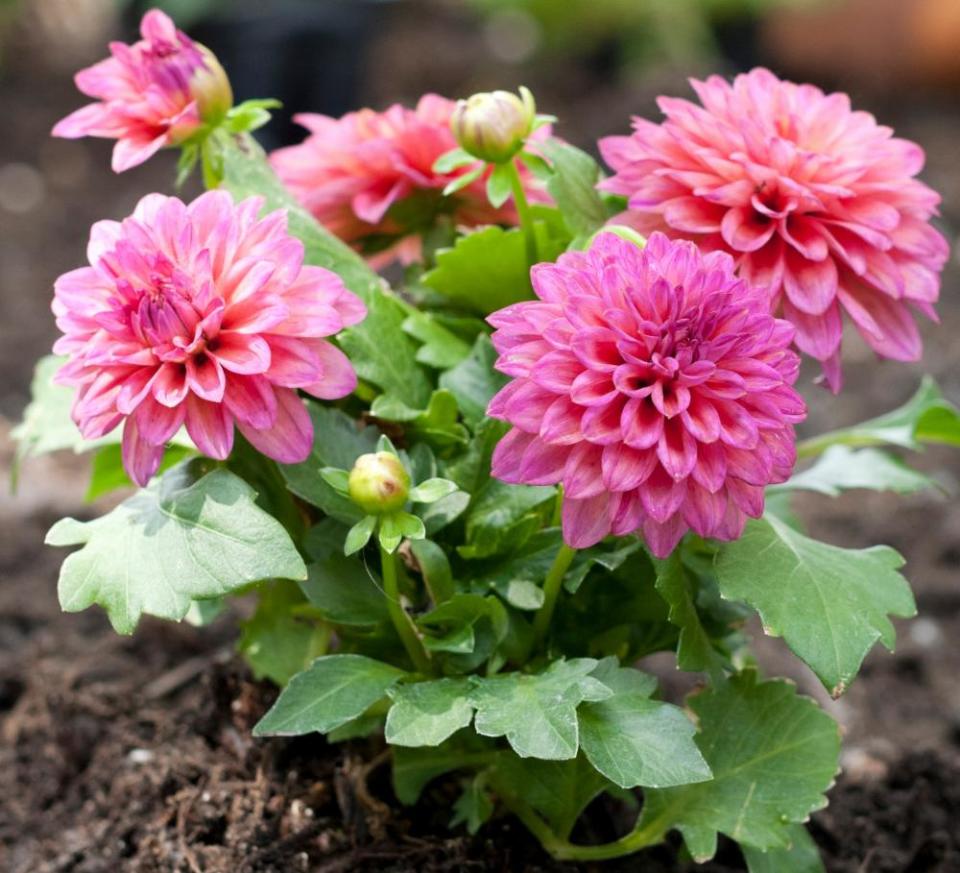How to grow dahlia cultivars

With many supermarket dahlia tubers, you are taking a leap of faith that the image on the packet matches the contents. My Lidl purchases this spring have turned out a tad more acid-coloured than the picture suggests (but they are enjoying this summer and flowering their socks off).
One way to get round this, if you’ve grown dahlias this year, is to save some of the seed to grow next year. The mantra with dahlias is to endlessly deadhead to keep them flowering. It’s easy enough to spot the spent flower buds, which are pointy, from the unopened ones, which are blunt. So from the end of this month, you could leave a few spent heads to set to seed.

But be warned – it’s a gamble; you may not get anything that looks remotely like what you’ve grown this year. Dahlias don’t come true from seed, meaning you might get anything from its breeding past: red dahlias may have pink offspring, yellow ones orange.
Still, dahlias sown from seed in early spring will always flower in their first year. If you find one you like next summer – planted from this year’s seed – dig up the tubers to store over winter. The following spring, you can take cuttings and, just like that, you’ll have your very own dahlia cultivar.
As for all the duff colours you may get, dig them up in autumn, too; but instead of storing them, try eating them. Washed and scrubbed, tubers can be baked, fried or cooked in soups. There are recipes for dahlia burgers and even kimchi. You want to start this culinary adventure now, using some petals in a salad.

Long before dahlias got sidelined into the flower garden, they were an important indigenous crop in Mexico. Their history can be traced back to the Aztecs. Their original name is acocoxochitle, meaning “flower of hollow stem with water”. This is a fitting description – see how much liquid comes out of a stem when you pick a flower. It’s far more apt than dahlia, which has colonial roots: it was named after a Swedish botanist, by a Spanish one, who received the seeds in the post and never actually travelled to Mexico.
Related: How to sow Chinese mustard greens for winter salads | Alys Fowler
If you want to dig up the tubers, this is best done after the first hard frost. Store them over winter in trays and covered with dry compost (spent compost is perfect) or sand. They need to be kept somewhere cool and frost-free – a shed, garage or porch is ideal. If you leave them in the ground over winter they usually survive, but unless you live somewhere south and warm they may take so long to get going the following spring they are too late to flower.

 Yahoo News
Yahoo News 